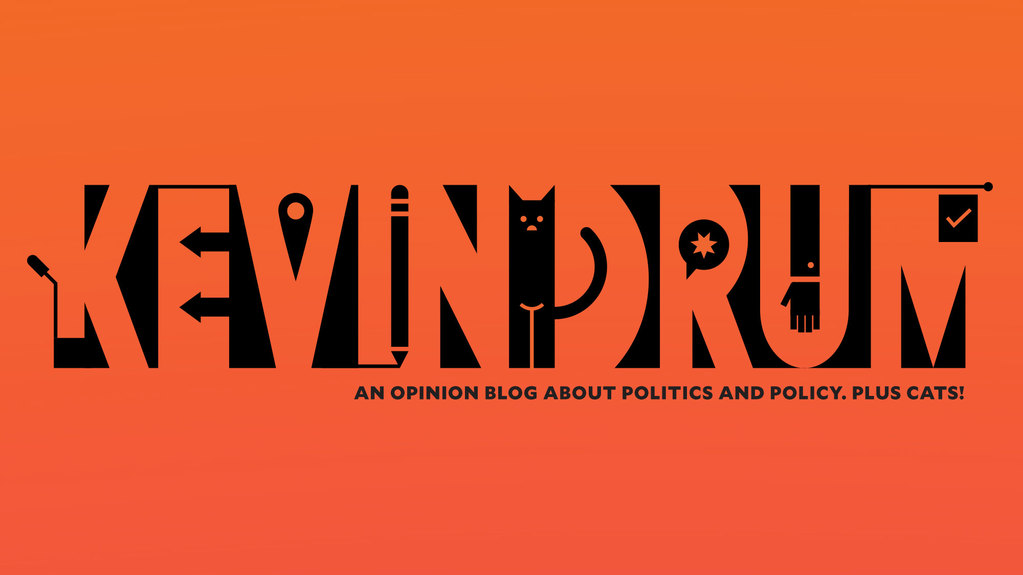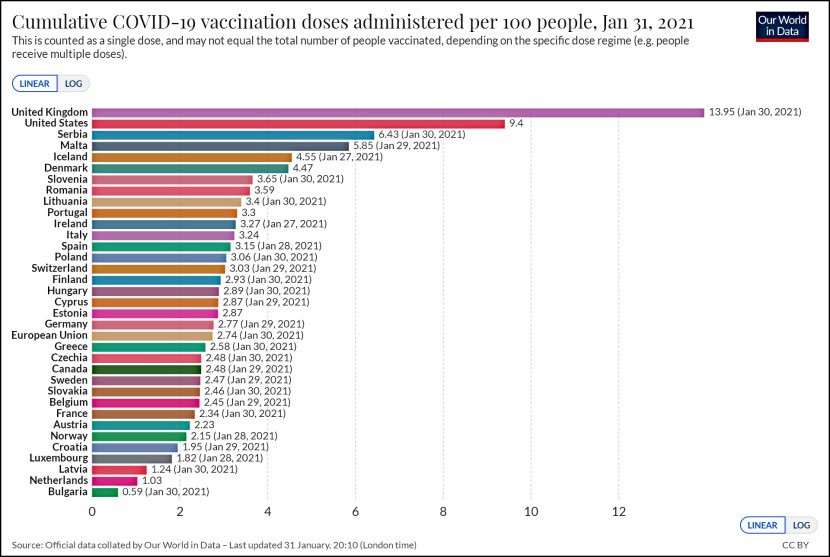Andrew Sullivan quotes an LA Times piece today that says average retirement benefits for California public sector workers are “now valued at more than $1.2 million. The taxpayers who pay for those retirement benefits have an average of $60,000 saved for their own retirement.” Then he asks this:
California is a state where citizens can legislate at the ballot box. How long will they tolerate public employees more than $1 million richer in retirement benefits than they are?
I don’t want to dismiss this concern. Public sector retirement benefits are generally pretty good, pension accounts are underfunded, and there are clearly some abuses in the system — prime among them the practice of piling on overtime in your last 12 months because pension benefits are calculated only on your final year’s income. But you still have to compare apples to apples. Here are three things to keep in mind:
- An average American one-earner couple planning to retire in ten years has Social Security and Medicare benefits worth about $900,000 (interpolated from data here). So the average Californian probably has roughly $960,000 in retirement benefits compared to $1.2 million for public sector workers. That’s still a sizeable difference, but nowhere near what the LAT article suggests. (Control for education levels etc. and the difference would probably come down even further.)
- Average public sector benefits are heavily skewed by the very generous retirement plans for public safety workers. These benefits may or may not be defensible, but cops and firefighters aren’t the ones that politicians usually point to when they complain about this stuff. Your average worker in the county clerk’s office probably has benefits well under that $1.2 million figure.
- Pension accounts are indeed underfunded, but some of that is simply an artifact of the 2008 financial collapse. Pension funds always look bad during economic downturns, and they look better when the economy recovers. So take the astronomical figures that are tossed around on pension underfunding with a grain of salt.
There’s no question that public sector pensions are a political problem, or that they’ve been mismanaged for years. (Private sector pensions too.) At the same time, keep in mind that there’s only so much that Californians can do about it, ballot box or no ballot box. Even the voters aren’t allowed to unilaterally abrogate contracts, so they can’t just vote to slash benefits for public workers that were agreed to long ago. Like everything else, this is going to get settled via long, grinding negotiations, not a ballot box revolution.
UPDATE: Social Security and Medicare benefit levels revised to use the latest data from the Urban Institute.















